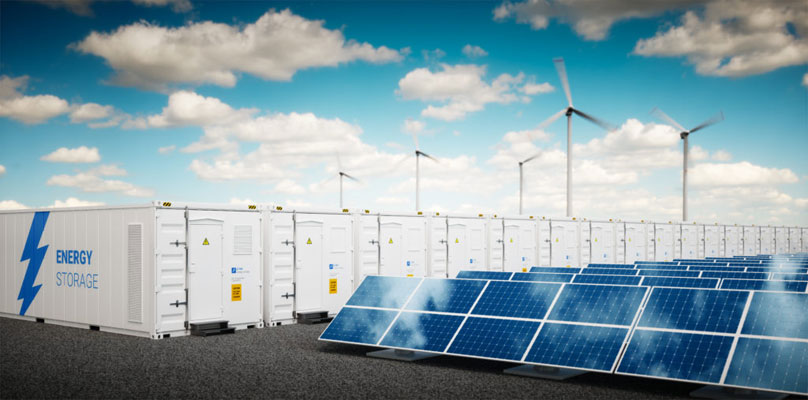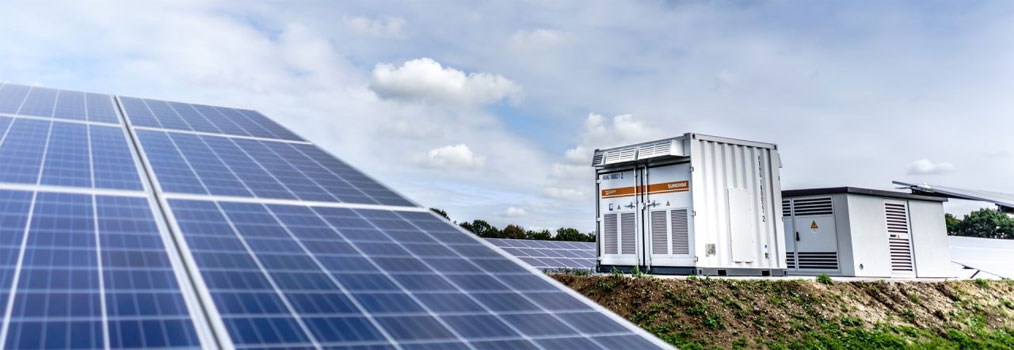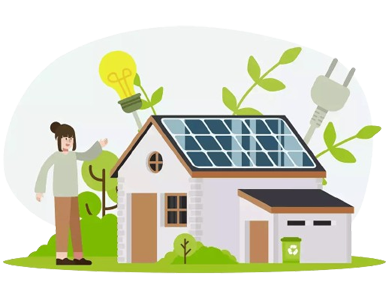
Introduction to Solar Energy Storage
Solar energy storage is the key to unlocking the full potential of solar power. By capturing excess energy generated by solar panels during the day and storing it for use during periods of low sunlight or high energy demand, solar energy storage systems provide a reliable and cost-effective solution for maximizing the benefits.

How Solar Energy Storage Works
During the day, solar panels generate electricity from sunlight. Excess energy not immediately consumed is stored in batteries for use at night or during periods of high energy demand. Inverters convert the stored DC power into usable AC power, providing a reliable and continuous energy supply.
Components of a Solar Energy Storage System
A solar energy storage system typically consists of three main components:
-
Solar Panels (PV Modules)
Convert sunlight into electricity.
-
Battery Storage Units
tore excess energy generated by solar panels for later use.
-
Inverters
Convert DC power from solar panels and batteries into AC power for use in homes or businesses.
Benefits of Solar Energy Storage
-
Energy Independence
Reduce your reliance on the grid and take control of your energy supply.
-
Peak Demand Management
Shift energy consumption to off-peak hours to reduce electricity costs.
-
Grid Stability and Resilience
Enhance grid stability and resilience by providing backup power during outages.
-
Cost Savings
Optimize energy usage and reduce electricity bills through time-of-use optimization.
Ready to Embrace Solar Energy Storage?
Take the next step towards energy independence and sustainability with our solar energy storage solutions

